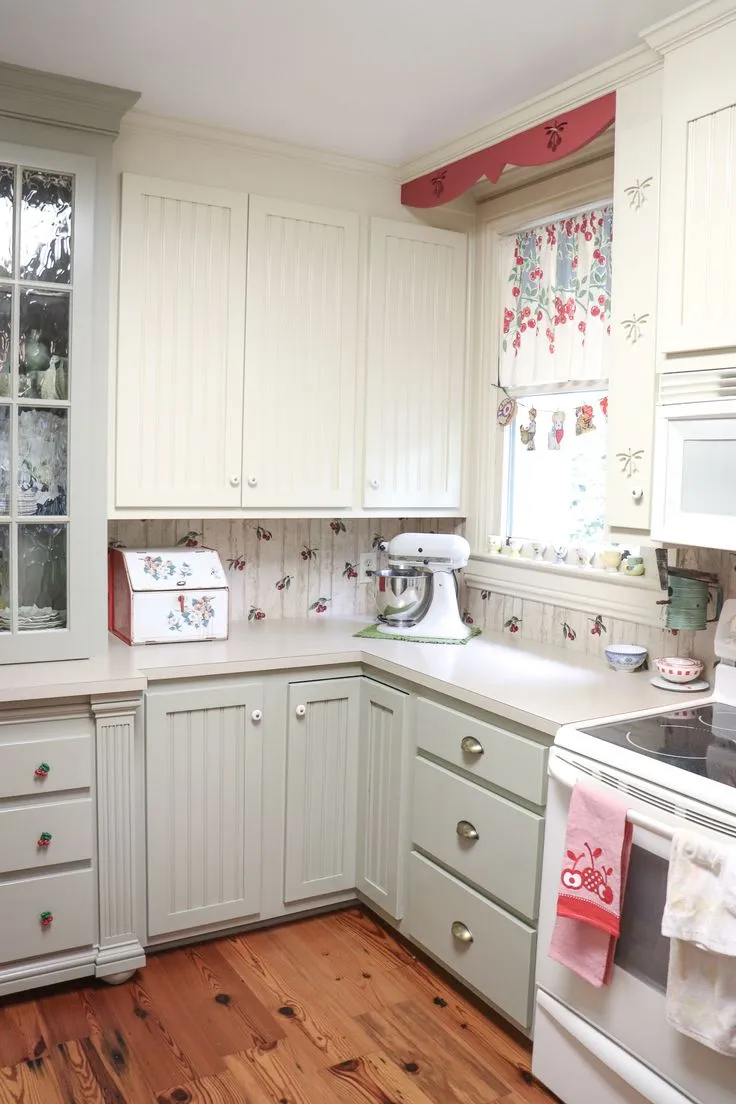Understanding 1920s Summer Kitchen Decor
The 1920s, often referred to as the Roaring Twenties, was a period of significant social and cultural change, which greatly influenced home design and decor. Summer kitchen decor from this era evokes a sense of nostalgia, simplicity, and functionality, blended with a touch of elegance. It was a time when kitchens began to transition from purely utilitarian spaces to areas of family gathering and light entertainment. Characterized by a bright, airy, and cheerful aesthetic, the 1920s summer kitchen aimed to create a welcoming and practical environment. This included a focus on light, functionality, and a touch of decorative flair that made the space both inviting and easy to work in, especially during the warmer summer months. As you plan your summer kitchen decor, envision a space that celebrates the era’s spirit of optimism and innovation.
Key Characteristics of 1920s Kitchens
Several key elements defined the aesthetic of 1920s kitchens. Firstly, the focus was on space optimization and functionality. Built-in cabinets and shelves became increasingly common, maximizing storage while maintaining a clean look. The incorporation of natural light through large windows and bright colors was essential, creating a sense of spaciousness. Countertops were often made of materials like wood or enamel-topped metal. Practicality was paramount, but the era also saw the introduction of streamlined designs and a move away from heavily ornamented Victorian styles. Kitchens were designed to be efficient work spaces but also reflected the emerging modernity and optimism of the time. The overall ambiance was one of cleanliness, simplicity, and a touch of understated elegance.
Color Palettes & Materials of the Era
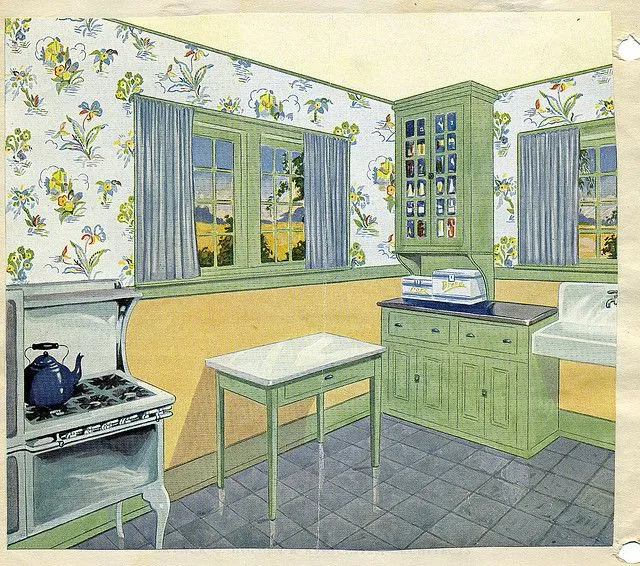
Color played a vital role in the 1920s summer kitchen. The palette was characterized by light, cheerful colors designed to create a bright and airy feel. Materials used were both practical and aesthetically pleasing. The combination of colors and materials contributed to the kitchen’s distinctive appeal, blending functionality with a touch of artistic expression, reflecting the evolving tastes of the era. Incorporating these elements in your kitchen decor can bring the charm of the 1920s into your home, creating a welcoming and stylish space.
Popular Colors Used in the 1920s
Popular colors for kitchen decor in the 1920s were light and inviting. Soft pastels like pale yellow, mint green, and baby blue were common choices, often paired with white or cream for a clean, fresh look. These colors helped to create a feeling of spaciousness and cleanliness, reflecting the era’s emphasis on modernity and hygiene. Bright, bold accents were used sparingly, for instance, in dishware or small appliances, adding pops of personality without overwhelming the space. The goal was to create a bright, cheerful environment that felt welcoming, especially during the warmer summer months when light and airiness were most appreciated. These colors are easy to incorporate into your own kitchen design to evoke the feeling of the era.
Common Materials for Kitchens
The materials used in 1920s kitchens were both practical and aesthetically pleasing. Wood was a dominant material, often used for cabinetry, countertops, and flooring. Oak, in particular, was a popular choice due to its durability and warm tones. Enamel-topped metal was also widely used, particularly for countertops and appliances, providing a durable and easy-to-clean surface. Linoleum flooring was another significant material, offering a range of colors and patterns that added to the kitchen’s charm. Glass was utilized in cabinet doors and light fixtures to maximize natural light. These materials reflect the era’s focus on combining functionality with a sense of style.
Design Ideas for Your 1920s Kitchen
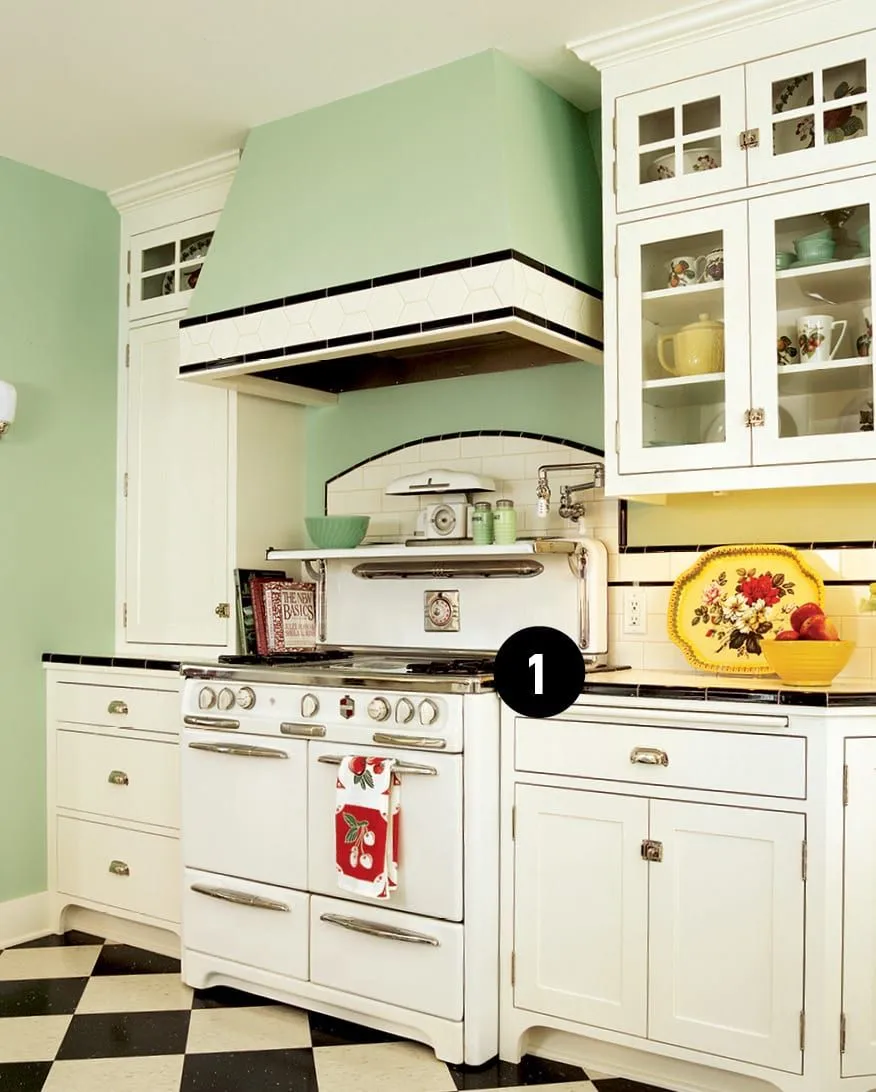
Creating a 1920s-inspired kitchen involves paying attention to furniture, fixtures, and decorative accessories. From choosing the right furniture pieces to selecting suitable appliances and accessories, each element contributes to achieving the desired aesthetic. By incorporating these features, you can transform your kitchen into a space that perfectly captures the essence of the 1920s, offering a blend of style and functionality that is both inviting and inspiring.
Furniture & Fixtures
The furniture in a 1920s kitchen was designed to be functional and stylish. Wooden tables and chairs were a staple, often with simple, streamlined designs. Built-in cabinets, with their clean lines and practical storage, were a defining feature. Sinks were typically made of porcelain or enamel, often with integrated drainboards. Lighting fixtures were essential for creating a bright and inviting space. Pendant lights, flush-mount ceiling fixtures, and wall sconces with simple designs were popular choices, helping to illuminate the kitchen while adding to its aesthetic appeal. These elements combined to create a kitchen that was both efficient and visually appealing.
Choosing the Right Furniture
When selecting furniture for your 1920s-style kitchen, prioritize pieces that embody the era’s design principles. Look for wooden tables and chairs with simple, unadorned designs, and consider adding a vintage-style kitchen island or a small breakfast nook to enhance the space. Built-in cabinets are a must-have for maximizing storage while maintaining a clean look. Choose pieces that reflect the era’s focus on functionality and streamlined aesthetics. Antique or vintage pieces add authenticity. Selecting furniture that mirrors the design ideals of the 1920s will help you achieve an authentic and inviting atmosphere in your kitchen.
Essential Fixtures and Appliances
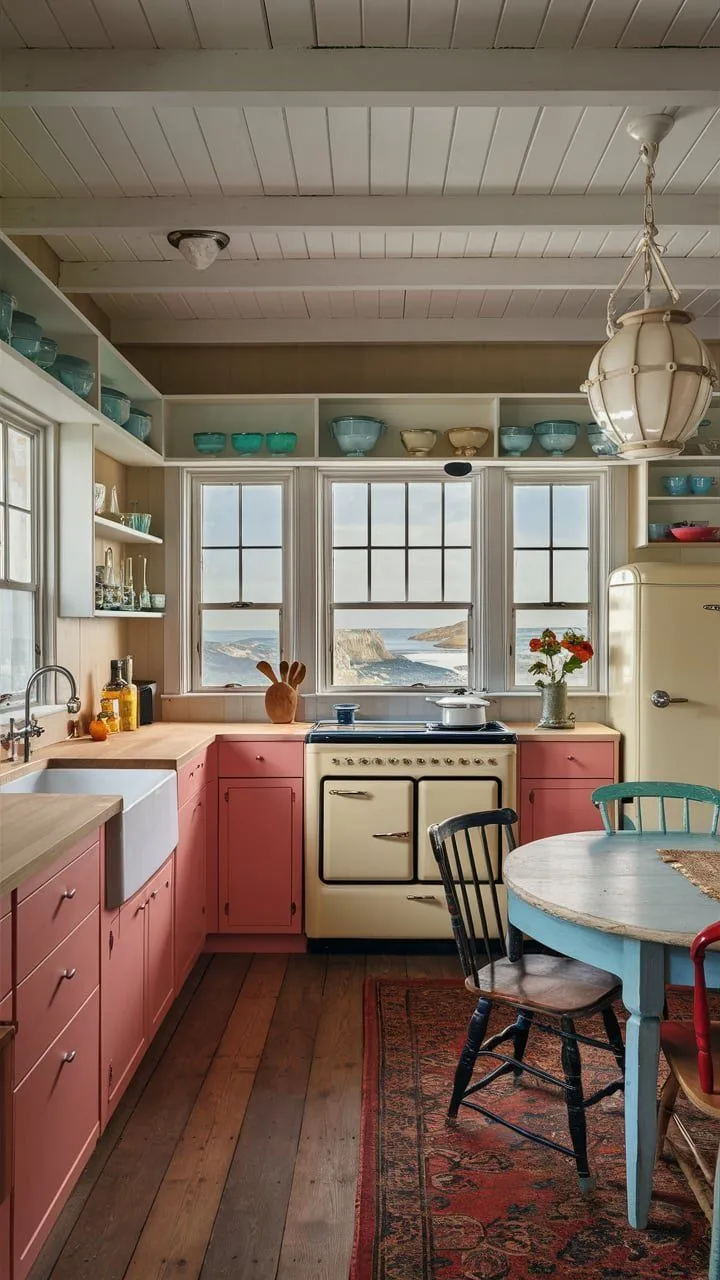
Essential fixtures and appliances play a significant role in establishing the 1920s kitchen aesthetic. Consider installing a vintage-style sink made of porcelain or enamel. Look for faucets with classic designs. For appliances, opt for retro-style refrigerators and stoves that feature rounded edges and classic colors. Lighting fixtures, such as pendant lights and wall sconces with simple designs, can also enhance the vintage look. When selecting fixtures and appliances, paying attention to the design details will help you create a kitchen that perfectly captures the essence of the 1920s.
Decorating with Accessories
Accessories are vital in creating an authentic 1920s summer kitchen decor. Selecting the right decorative items adds personality and charm to the space. Textiles, such as curtains and tablecloths, accessories play a crucial role in enhancing the vintage ambiance. These elements, combined with carefully chosen tableware, add to the overall design, reflecting the era’s spirit and enhancing the kitchen’s appeal.
Textiles and Fabrics
Textiles and fabrics were essential for adding color, pattern, and personality to 1920s kitchens. Curtains, often made of light, patterned fabrics, were used to filter light and add a touch of softness to the space. Tablecloths and dish towels in vibrant colors or simple geometric patterns were also popular. Consider using fabrics like cotton, linen, or even chintz with floral or geometric prints to stay true to the era. These textiles not only enhanced the decor but also added a sense of warmth and comfort, making the kitchen more inviting during the summer season.
Accessories for Summer in a 1920s Kitchen
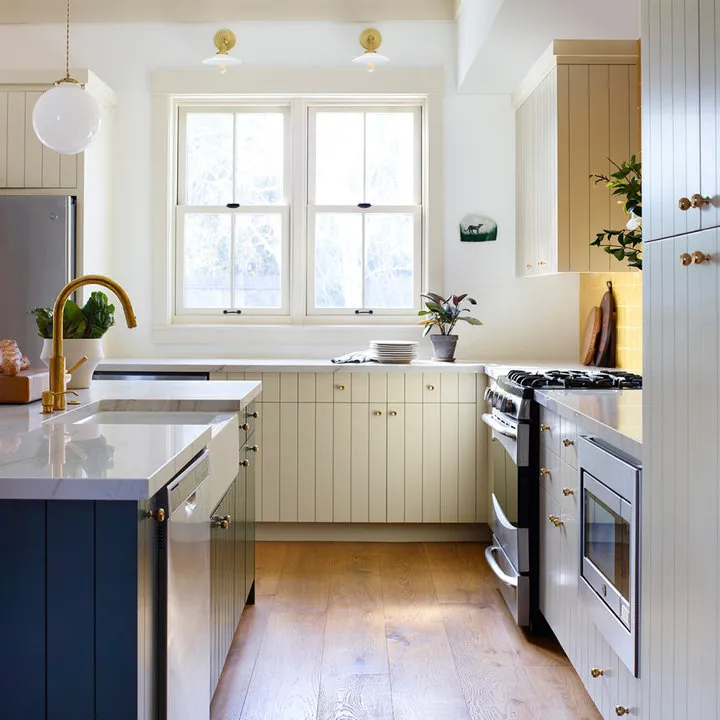
To capture the essence of a 1920s summer kitchen, choose accessories that reflect the season’s light and cheerful spirit. Incorporate fresh flowers in vintage-style vases, displaying bouquets of seasonal blooms. Use colorful dishware with geometric patterns or floral designs. Consider displaying vintage canisters, sugar bowls, and tea sets. Add wicker baskets for storing fruits and vegetables. These elements will add a touch of authenticity and create a vibrant, inviting atmosphere in your kitchen.
Tips for Incorporating 1920s Style
When incorporating 1920s style into your summer kitchen decor, it’s essential to consider your personal style and the space you have available. Whether you’re aiming for a complete transformation or simply adding touches of the era, the following tips can help you achieve an authentic and appealing result. By blending these elements with a modern sensibility, you can create a kitchen that is both stylish and functional, reflecting the spirit of the 1920s.
Blending Old and New Styles
Blending old and new styles can be a fantastic way to create a kitchen that is both timeless and functional. Start by integrating vintage elements such as antique furniture or retro-style appliances with modern features like updated countertops and contemporary lighting. Consider adding accessories that combine both eras, for example, a vintage-inspired tea set on a sleek, modern shelf. This approach allows you to preserve the charm of the 1920s while ensuring your kitchen meets your current lifestyle needs. By carefully combining the best of both worlds, you can create a kitchen that feels both classic and contemporary.
Maintaining the Authentic Vibe
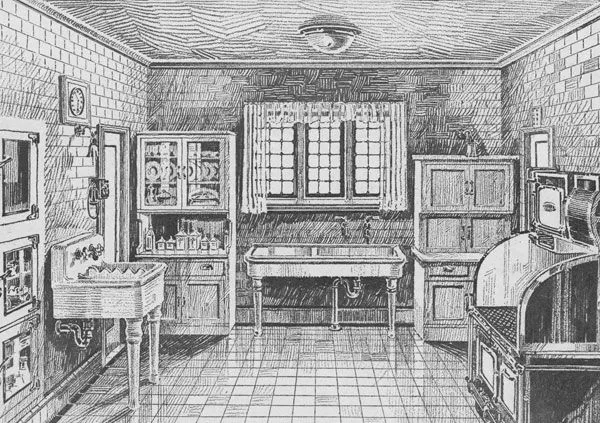
To maintain an authentic 1920s vibe, pay attention to the details. Research the era’s design trends and color palettes. Focus on quality materials and traditional craftsmanship. When purchasing new items, seek out vintage or reproduction pieces that accurately reflect the style of the time. Avoid incorporating overly modern elements that could detract from the overall aesthetic. By focusing on these key aspects, you can create a kitchen that genuinely captures the spirit of the 1920s. This ensures a space that is not only stylish but also steeped in the history and character of the era.
